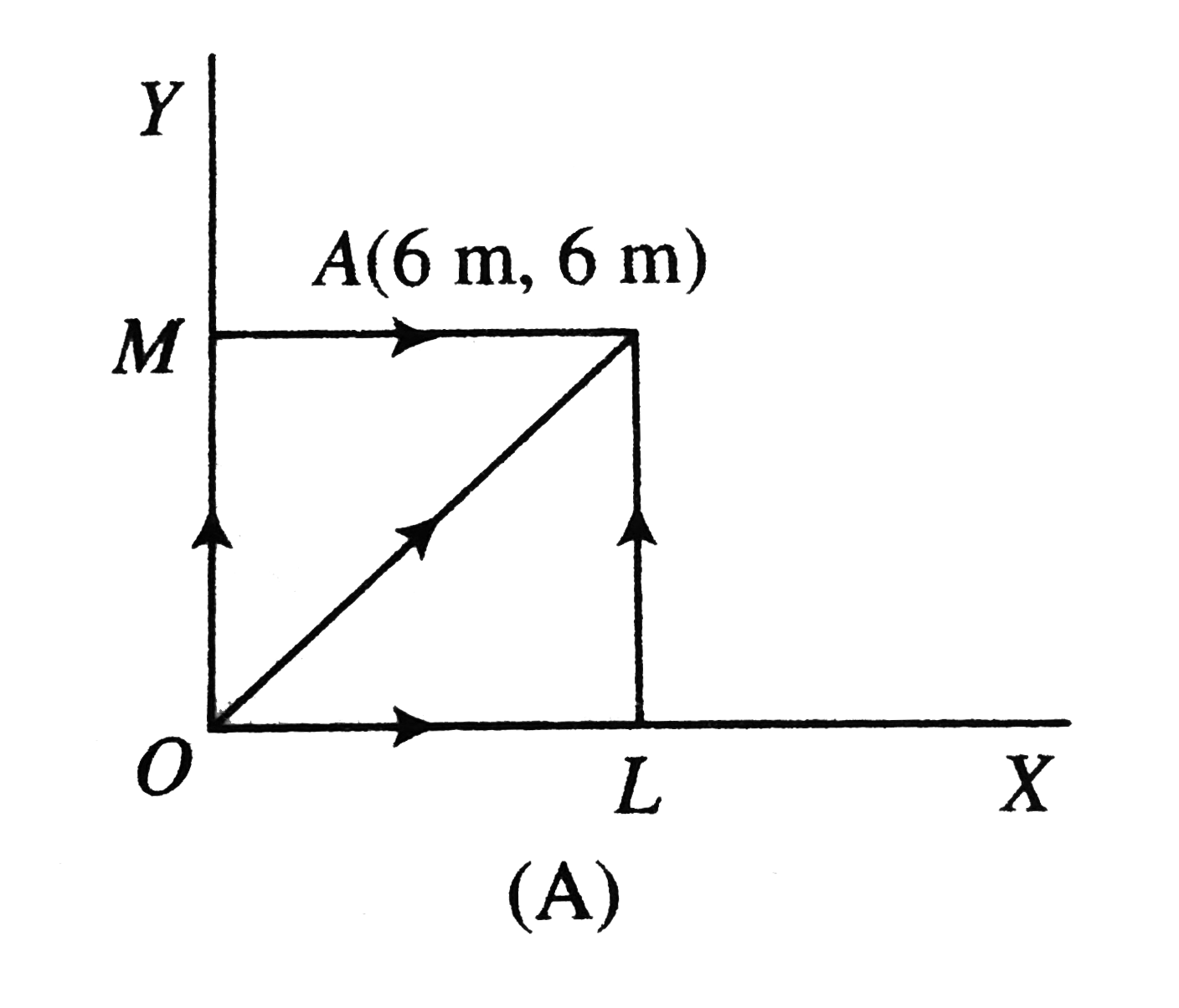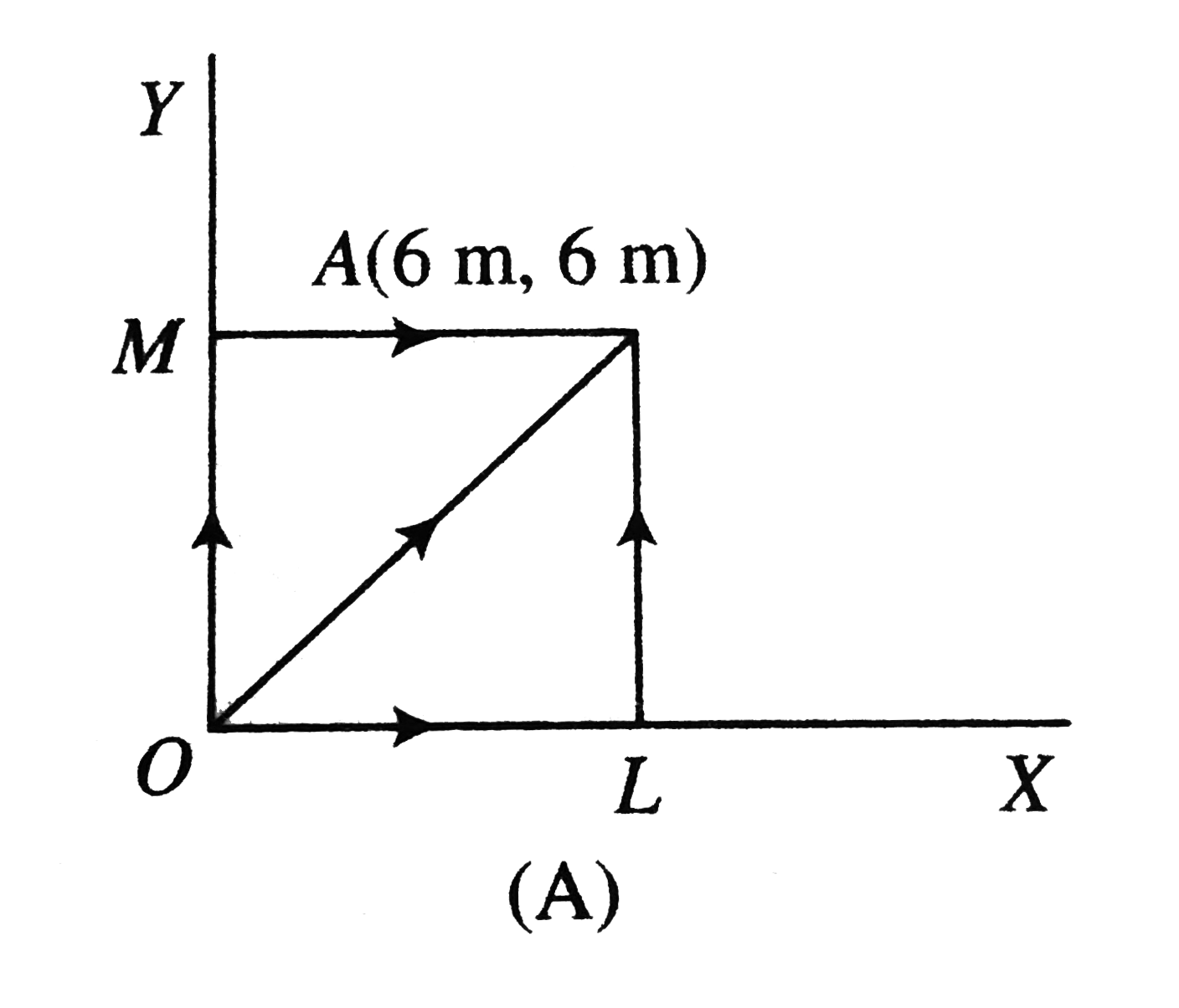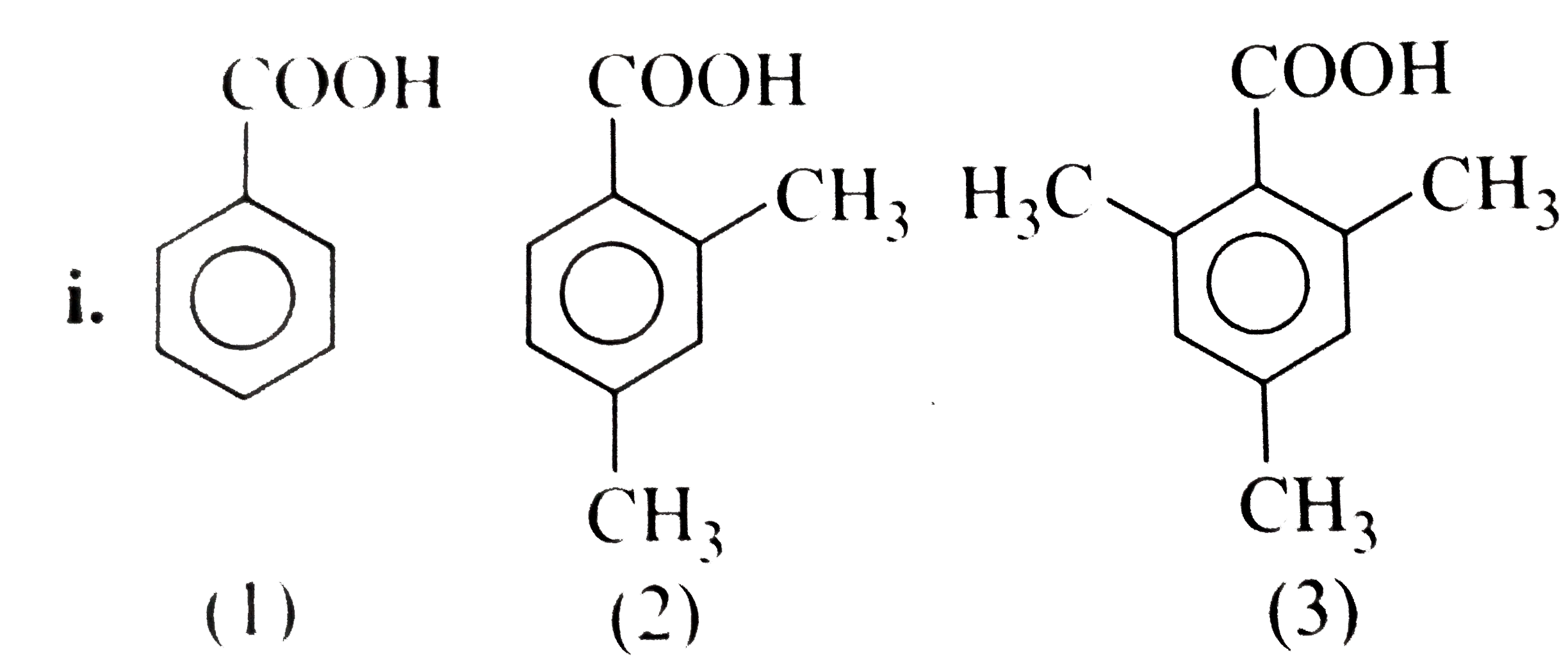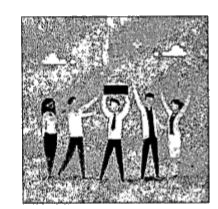I ...... my felicitations to all officers and ranks of the National Disaster Relief Force and their families on the occasion of its Raising Day.
(1) Show (2) Offer
(3) Extend (4) Sign
(5) Pay (6) Move
2 & 5
1 & 2
2 & 3
5 & 6
The correct Answer is:c
Felicitations are offered or extended or paid.
Topper's Solved these Questions
- BOOK - IBPS & SBI PREVIOUS YEAR PAPERCHAPTER - PRACTICE SETEXERCISE - PRACTICE SET 335videos
PRACTICE SET
- BOOK - IBPS & SBI PREVIOUS YEAR PAPERCHAPTER - PRACTICE SETEXERCISE - PRACTICE SET 440videos
PRACTICE SET
- BOOK - IBPS & SBI PREVIOUS YEAR PAPERCHAPTER - PRACTICE SETEXERCISE - PRACTICE SET 440videos
PRACTICE SET
- BOOK - IBPS & SBI PREVIOUS YEAR PAPERCHAPTER - PASSAGE COMPLETIONEXERCISE - QUESTION45videos
PASSAGE COMPLETION
- BOOK - IBPS & SBI PREVIOUS YEAR PAPERCHAPTER - READING COMPREHENSIONEXERCISE - MCQs837videos
READING COMPREHENSION
Similar Questions
In the following questions, some of the sentences have errors and some are correct. Find out which part of a sentence has an error. The number of that part Is your answer. If there is no error, the answer is (5) Mohini washes all her (1)/ clothes and cooks food (2)/ for the family before (3)/ she is going to the office. (4)/ No error (5)
View SolutionAn application was received by inward clerk in the afternoon of a week of a day. Next day he forwarded it to the table of the senior clerk, who was on leave that day. The senior clerk next day evening put up the application to the desk officer. Desk officer studied the application and dispose off the matter on the same day, i.e. Friday. Which day was the application received by the inward clerk ?
1) Monday
2) Tuesday
3) Wednesday
4) Earlier week's Saturday
5) None of theseView Solution
Knowledge Check
- Question 1 - Select One
Force acting on a particle moving in the x-y plane is →F=(y2ˆi+xˆj)N, x and y are in metre. As shown in figure, the particle moves from the origin O to point A (6m,6m). The figure shows three paths, OLA, OMA, and OA for the motion of the particle from O to A.
Now consider another situation. A force →F=(4ˆi+3ˆj)N acts on a particle of mass 2kg. The particle under the action of this force moves from the origin to a point A (4m,−8m). Initial speed of the particle, i.e., its speed at the origin is 2√6ms−1. Figure shows three paths for the motion of the particle from O to A.

If the potential energy at O is 16J, the potential energy at A will beA(a) 14.5JB(b) 32JC(c) 24JD(d) 40J - Question 2 - Select One
Force acting on a particle moving in the x-y plane is →F=(y2ˆi+xˆj)N, x and y are in metre. As shown in figure, the particle moves from the origin O to point A (6m,6m). The figure shows three paths, OLA, OMA, and OA for the motion of the particle from O to A.
Now consider another situation. A force →F=(4ˆi+3ˆj)N acts on a particle of mass 2kg. The particle under the action of this force moves from the origin to a point A (4m,−8m). Initial speed of the particle, i.e., its speed at the origin is 2√6ms−1. Figure shows three paths for the motion of the particle from O to A.

Speed of the particle at A will be nearlyA(a) 4.0ms−1B(b) 2.8ms−1C(c) 3.6ms−1D(d) 5.6ms−1
a. Acid halides, anhydrides, esters and amides, all of them contain (C=O) group but none of them gives test for (C=O) group, i.e., they do not form oximes, hydrazones, and DNP derivatives, etc. Why?
b. Arrange the following in the decreasing order of nucleophilic addition.
i. (1)−CHO
(2)−COCH3
(3)−COOH
(4)−COCI
(5)−CONH2
(6)−COOCH3
(7)−COOΘ
ii. (1)CH3CHO
(2)CH3COCH3
(3)HCHO
(4)CH2H5CH2COCH3
iii. (1)CH3COCH3
(2)C6H5COCH3
(3)C6H5COC6H5
(4)C6H5CH2COCH3
iv. (1)C6H5CHO
(2)ρ−CH3.C6H4.CHO
(3)ρ−OH.C6H4.CHO
(4)ρ−NO2.C6H4.CHO
(5)ρ−CI.C6H4.CHO
v. (1)HCHO
(2)CH3CHO
(3)CH3COCH3
(4)CI3CCHO
c. Arrange the following in the increasing order of ease of hydrolysis.
(1)CCH3COOC2H5
(2)CH3COCI
(3)(CH3CO)2O
(4)CH3CONH2
d. Arrange the following in the increasing order of ease of acid-catalysed esterification of:
i.
ii. (1)CH3CH2COOH
(2)(CH3)2CHCOOH
(3)(CH3)3CCOOH
iii. (1)CH3CH2CH2OH
(2)CH3CHOHC2H5
(3)(CH3)2C(OH)C2H5
e. Arrange the following esters in decresing order of ease of alkaline hydrolysis.
i. (1)HCOOCH3
(2)CH3COOCH3
(3)(CH3)3CCOOCH3
(4)(CH3)2CHCOOCH3
ii. (1)CH3COOCH3
(2)CH3COOC(CH3)3
(3)CH3COOCH(CH3)2
(4)CH3COOCH2CH3
iii. (1)C6H5COOCH3
(2)ρ−CH3O−C6H4−CCOOCH3
(3)ρ−NO2−C6H4−COOCH3
(4)ρ−Cl−C6H4−COOCH3View SolutionMy wife does her work (1)/ show and steadily (2)/ I think she can not finish (3)/it within proposed time. (4)/ No error (5)
View SolutionIn a given statement followed by two assumptions numbered I and II. An assumption is something supposed or taken for granted. You have to consider the statement and the following assumptions and decide which of the assumptions is implicit in the statement, Give answer
1) if only assumption I is implicit
2) if only assumption II is implicit
3) if either I or II is implicit
4) if neither I nor II is implicit
5) if both I and II are implicit
Statement : If parking space is not available in office, park your vehicles in the mall and walk to the office.
Assumptions :
I. The mall is at a walkable distance from the office.
II. The office does not allow visitors vehicles in its premises.View SolutionCase Study: The purpose of discipline in the workplace is to input of quality in a timely manner. So, two offices A and B want to award their employees on the values of Honesty, Hard work and Punctuality. Rewarding is a way of motivating one person to perform 'better. The office A wants to award Rs x each, y each and Rs z each for the three respective values to its 3, 2 and 1 employees respectively with a total award money of Rs 2200. Office B wants to spend * Rs 3100 to award its 4, 1 and 3 employees on the respective values (by giving the same award money to the three values as office A). The total amount of award for one prize on each value is Rs 1200. It also serve as a healthy competition between employees for becoming a best asset of the company.

Using the concept of matrices and determinants, answer the following questions.
The minor of element 6 in the determinant ∣∣ ∣∣123456789∣∣ ∣∣ is :View SolutionEach of the questions below consists of a question and two statements numbered I and II given below it. You have to decide whether the data provided in the statements are sufficient to answer the question. Read both the statements and give answer
1) if the data in statement I alone are sufficient to answer the question while the data in statement II alone are not sufficient to answer the question.
2) if the data in statement II alone are sufficient to answer the question while the data in statement I alone are not sufficient to answer the question.
3) if the data either in statement I alone or in statement II alone are sufficient to answer the question.
4) if the data even in both statements I and II together are not sufficient to answer the question.
5) if the data in both statements I and II together are necessary to answer the question.
What is Sudin’s rank in the class' of 44 students?
I. Ramesh, whose rank is 17th in the class, is ahead of Shyam by 6 ranks, Shyam being 7 ranks ahead of Sudin.
II. Suketu is 26 ranks ahead of Sudin and Shyamala is 6 ranks ^behind Sudin while Savita stands exactly in the middle of Shyamala and Suketu in I ranks, her rank being 17.View SolutionFind out the error part of the following sentences:
I am sure that (1)/ all my monthly expenses (2)/ would exceed the income (3)/ if I do not economise. (4)/ No error (5)View Solution

